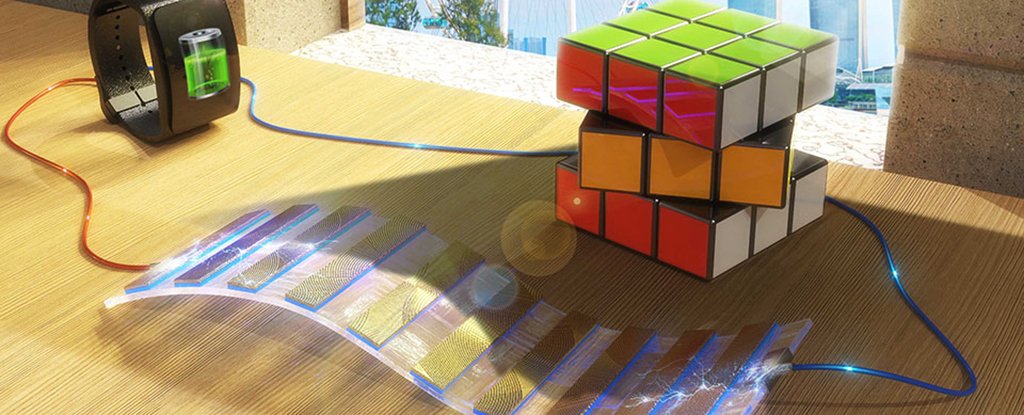
In the Name of the Shadows!
Although it may sound like an idea from a sci-fi story, scientists developed a true Shadow-Effect Energy Generator (SEG) prototype that can generate electricity from shadows.
The new system uses the contrast between dark and light to produce electricity.
Although shadows are often problematic in producing renewable solar energy, it is actually used for the continuation of power generation in the new system. According to the developers, the technology -which is cheaper than a typical solar cell- can be used in devices requiring low power, such as mobile gadgets.
The system is formed by coating a silicon plate, which is a typical solar cell material, with a thin layer of gold. Like a solar cell, light falling on the silicon energizes its electrons. With the gold layer, the shadow effect energy generator produces an electric current when part of the device remains in the shade.
Excited electrons leap from silicon to the gold layer. When part of the device is in the shade, the voltage of the illuminated metal increases with respect to the dark area, and the electrons in the generator flow from high to low voltage. Sending these electrons through an external circuit creates a current that can power devices requiring low energy.
The team discovered that when there are shifting shadows, the SEG device was twice as efficient as ordinary solar cells under similar conditions. The system is quite inefficient under constant shadow or in the sun, but the experiments demonstrated that it can operate a simple digital clock in locations where shadows are not immobile -such as when clouds or tree branches make the shadows “move”.
The team is working to improve the performance of the device by borrowing strategies from solar cells to collect light. Increasing the light absorbed by these generators will enable them to use shadows better.
The team reports in their article that “with its cost-efficiency, simplicity and stability, our SEG offers a promising architecture to generate green energy from ambient conditions to power electronics, and as a part of smart sensor systems, especially in buildings.”
REFERENCES
- 1. https://www.sciencenews.org/article/new-device-can-produce-electricity-using-shadows
- 2. https://www.sciencealert.com/this-device-is-able-to-generate-power-from-passing-shadows
